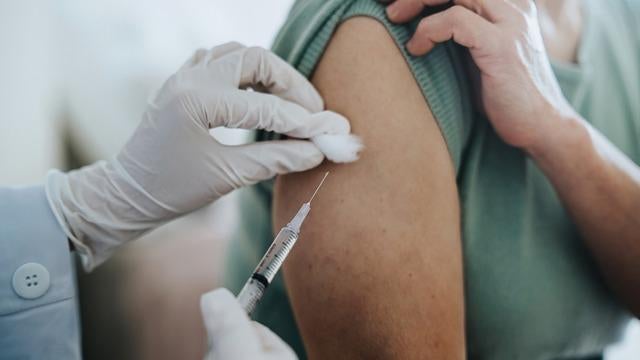
Cases of COVID-19 are once again increasing in the US. The Centers for Disease Control and Prevention (CDC) reported that over 7,100 COVID-19 patients were hospitalized during the week of July 15, up from 6,444 the week before. The CDC issued a warning that hospital admissions had increased by 10%, which was the biggest jump since December of the previous year. Additionally, as of July 21, up from 0.49 percent through June 21, an average of 0.73 percent of emergency room visitors had COVID-19. “After roughly six, seven months of steady declines, things are starting to tick back up again,” Dr. Brendan Jackson, the CDC’s Covid incident manager in Atlanta was quoted as saying by NPR.
“The US has experienced increases in COVID-19 during the past three summers, so it’s not surprising to see an uptick”
“We’ve seen the early indicators go up for the past several weeks. And just this week, for the first time in a long time, we’ve seen hospitalizations tick up as well,” he added. While hospitalizations have increased, they remain lower than during the same period last year. As many as 44,000 weekly hospitalizations and 5% of COVID-19-related emergency room visits were observed in July 2022. According to reports, unlike earlier waves, the short spurt could be attributed to the appearance of no single highly transmissible variation. According to the CDC’s latest forecasts, a mix of descendants from the XBB variety that first drove outbreaks last winter is contending across the country.
“At this time, CDC’s genomic surveillance indicates that the increase in infections is caused by strains closely related to the Omicron strains that have been circulating since early 2022,” said CDC spokesperson Kathleen Conley. “The US has experienced increases in COVID-19 during the past three summers, so it’s not surprising to see an uptick,” added Conley. The relative peak in cases comes a month after federal modelers said that the “main period of COVID-19 activity is expected to occur in late fall and early winter over the next 2 years, with the median peak incidence between November and mid-January.”






